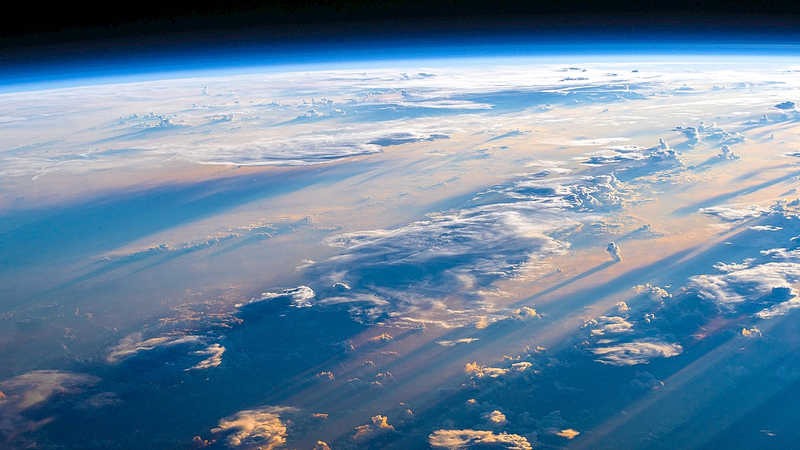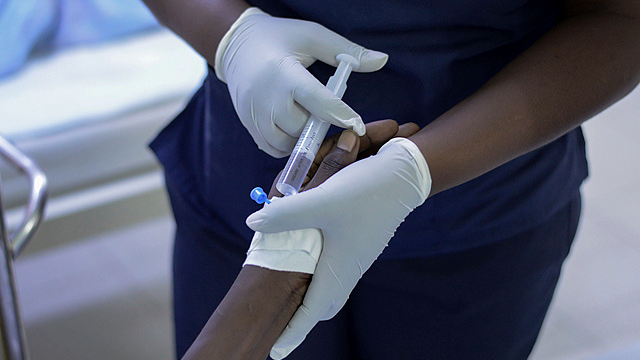Scientists from CSIRO have set sail aboard the research vessel Investigator on a three-week expedition into the Southern Ocean, aiming to measure how human activities are altering some of the cleanest air on the planet.
Departing Hobart on April 29 and returning on May 18, the team will collect atmospheric data up to 1,500 km off Tasmania's northwest coast. They will compare real-time readings with long-term records from the Kennaook/Cape Grim Baseline Air Pollution Station, operating since 1976 as a global benchmark for pristine air.
'The Southern Ocean absorbs a lot of the world's carbon dioxide and heat,' said CSIRO atmospheric scientist Ruhi Humphries. 'Understanding how aerosols and cloud formation are changing is critical to predicting climate patterns in the Southern Hemisphere.'
Equipped with cutting-edge instruments to track trace gases, aerosols, cloud microphysics, and solar radiation, the voyage will focus on the fingerprints of human influence – bushfire smoke, shipping emissions, and greenhouse gases drifting over these remote waters.
Associate Professor Robyn Schofield from the University of Melbourne added that most climate models rely on Northern Hemisphere data, making this Southern Ocean research vital for accurate global forecasts.
The Investigator's mission is part of the World Meteorological Organization's Global Atmosphere Watch, joining the Cape Grim station in monitoring atmospheric composition worldwide.
By mapping shifts in air quality and cloud behavior, scientists hope to refine our understanding of climate change and inspire smarter policy decisions, from carbon pricing to sustainable shipping routes.
This expedition exemplifies how collaborative research and advanced technology can illuminate human impact on Earth's most remote frontiers, offering fresh perspectives for a planet in transition.
Reference(s):
Scientists launch voyage to study human impact on cleanest air
cgtn.com




